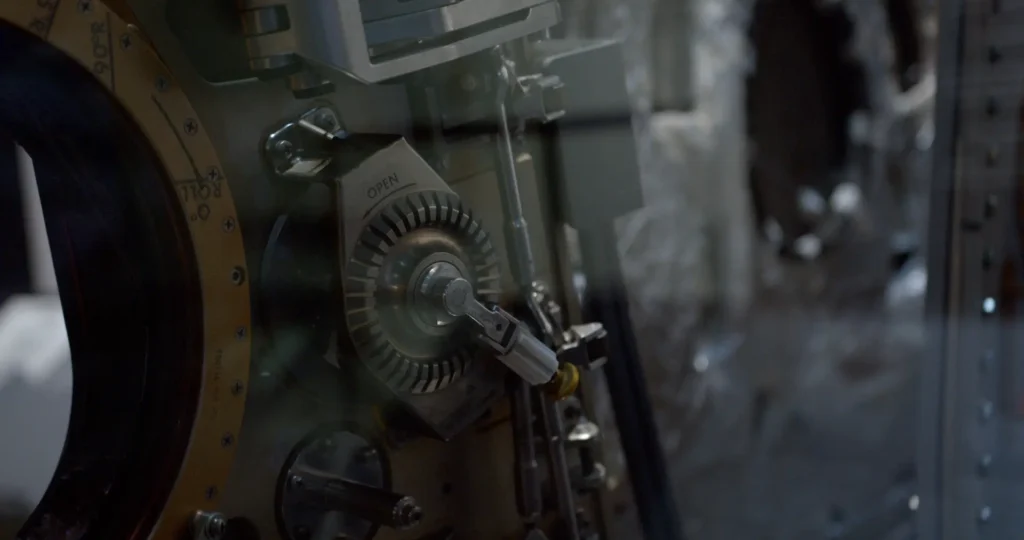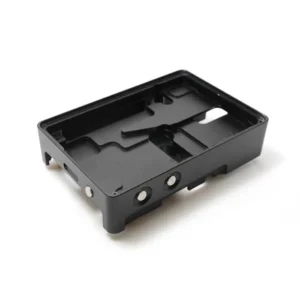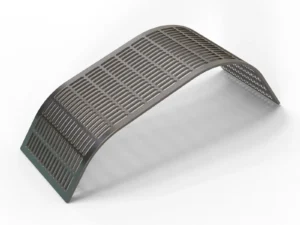When it comes to designing machined parts, precision and attention to detail are crucial. The smallest mistakes can lead to costly delays, compromised functionality, and increased production costs.
To help you navigate the intricate process of part design, Turnkey has compiled a list of 10 common mistakes to avoid. By steering clear of these pitfalls, you can ensure successful and efficient manufacturing of your machined parts.
Insufficient Design Specifications
One of the primary mistakes made during part design is inadequate or unclear specifications. Vague or incomplete drawings, ambiguous tolerances, or missing critical information can lead to misunderstandings between the designer and the manufacturer.
To avoid this, provide comprehensive design specifications that outline all the necessary details, including dimensions, tolerances, material requirements, and surface finishes.
Neglecting Design for Manufacturability
Designing a part without considering its manufacturability can lead to difficulties during production. Failure to account for machining capabilities, tooling constraints, or material availability can result in complex and costly machining operations.
Ensure that your part design is optimized for efficient manufacturing by consulting with manufacturing experts early in the design process.
Improper Material Selection
Selecting the wrong material for your machined part can have severe consequences. Incompatible materials may not meet the required strength, durability, or performance criteria, leading to premature failure. Understand the application requirements and consult with material specialists to choose the most suitable material that balances functionality, cost-effectiveness, and manufacturability.
Overlooking Design for Assembly
While designing individual parts, it’s essential to consider how they will fit together during assembly. Neglecting this aspect can result in difficulties during assembly, increased labor costs, or even infeasible assembly altogether.
Optimize part design for efficient assembly by incorporating features such as alignment guides, modular design, and fastening methods that simplify the overall assembly process.
Ignoring Proper Tolerance Analysis
Tolerances play a critical role in part manufacturing. Inadequate tolerance analysis can lead to parts that don’t fit or function as intended.
Ensure that tolerances are carefully defined based on the part’s requirements, taking into account the manufacturing process capabilities and assembly considerations. Strive for a balance between tight tolerances and cost-effectiveness.
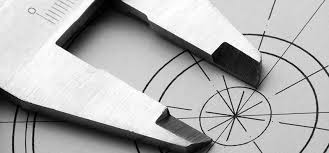
Neglecting Surface Finish Requirements
Surface finish specifications are often overlooked during part design, but they can significantly impact the overall functionality and aesthetics of a machined part.
Consider the part’s purpose, material, and environmental factors to determine the appropriate surface finish requirements. Communicate these requirements clearly to the manufacturer to ensure the desired outcome.
Lack of Proper Fillet and Corner Design
Improper fillet and corner design can result in stress concentration, reduced part strength, and premature failure. Rounded or chamfered corners help distribute stress more evenly and improve the overall strength and longevity of the part.
Ensure that appropriate fillets and radii are incorporated into your design, especially in areas of high stress or where sharp corners may cause manufacturing challenges.
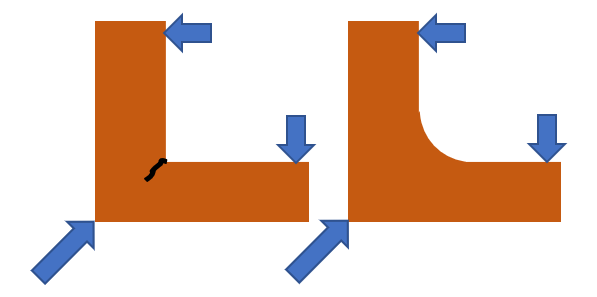
Insufficient Part Consistency and Standardization
Designing parts with inconsistent dimensions, features, or materials can lead to manufacturing issues, increased costs, and potential assembly problems.
Strive for part consistency and standardization within your product line or assembly to promote efficiency, ease of manufacturing, and interchangeability.
Lack of Design Validation and Testing
Failing to validate your part design before moving into production can lead to costly iterations and revisions down the line.
Utilize simulation tools, prototypes, or rapid prototyping techniques to test and validate your design early on. Identifying potential issues beforehand can save time, money, and resources in the long run.
Inadequate Communication with Manufacturers
Effective communication between designers and manufacturers is vital for successful part production. Ensure clear and open lines of communication throughout the design process.
Engage in regular discussions with manufacturers to address any concerns, clarify requirements, and leverage their expertise to optimize the design for manufacturing.

Conclusion
Avoiding these 10 common mistakes during part design can help streamline the manufacturing process, reduce costs, and enhance the overall quality of machined parts. By providing comprehensive design specifications, considering manufacturability, selecting appropriate materials, and validating designs, you can create parts that meet functional requirements while minimizing production challenges.
Remember, collaboration and clear communication between designers and manufacturers are key to achieving optimal results in machined part production.
For additional help, welcome to contact one of our applications engineers at info@besturnkey.com


